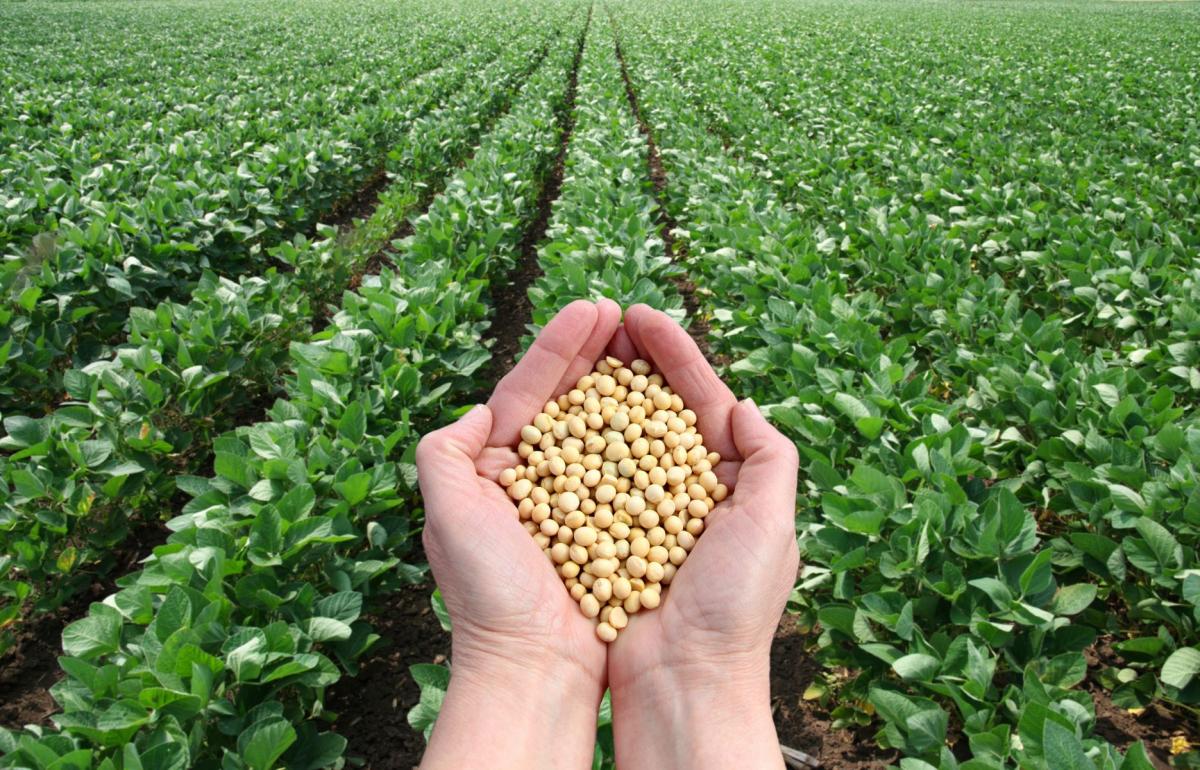Plant Disease: Pathogens and Cycles
A plant disease is defined as “anything that prevents a plant from performing to its maximum potential.” This definition is broad and includes abiotic and biotic plant diseases.
Types of Plant Pathogens
Plant pathogens are very similar to those that cause disease in humans and animals. Fungi, fungal-like organisms, bacteria, phytoplasmas, viruses, viroids, nematodes and parasitic higher plants are all plant pathogens.
Fungi and Fungal-like Organisms (FLOs)
Collectively, fungi and FLOs cause the most plant disease than any other group of plant pathogens. These organisms cannot make their own food, lack chlorophyll, have filamentous growth, and may or may not reproduce by spores. Fungi and FLOs are able to overwinter in soil or on plant debris. However, some fungi and FLOs cannot overwinter in northern climates because of low winter temperatures. These pathogens overwinter in southern climates and then are transported by air currents back to northern climates. Disease movement from southern to northern climates can be monitored during the growing season (Figure 1).
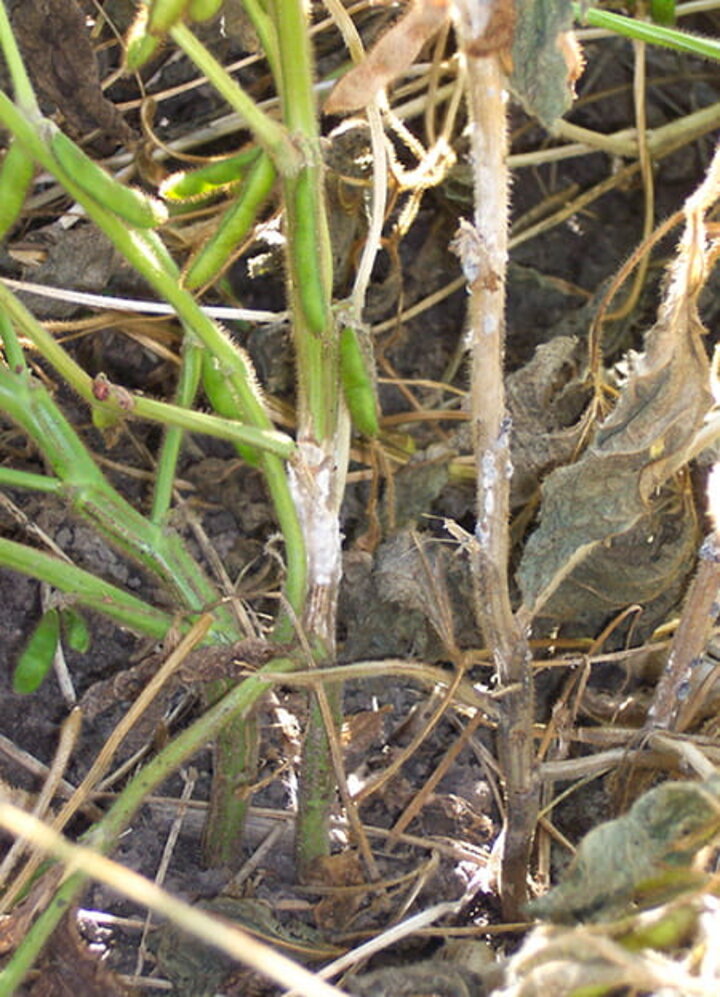
Bacteria
Bacteria are single-celled microscopic organisms with cell walls that reproduce by binary fission (one cell splits into two). Introduction to the plant must occur through natural openings or wounds in the plant. Bacteria overwinter primarily in soil and in or on plant material that does not decompose, but some survive inside insect vectors (Figure 2).
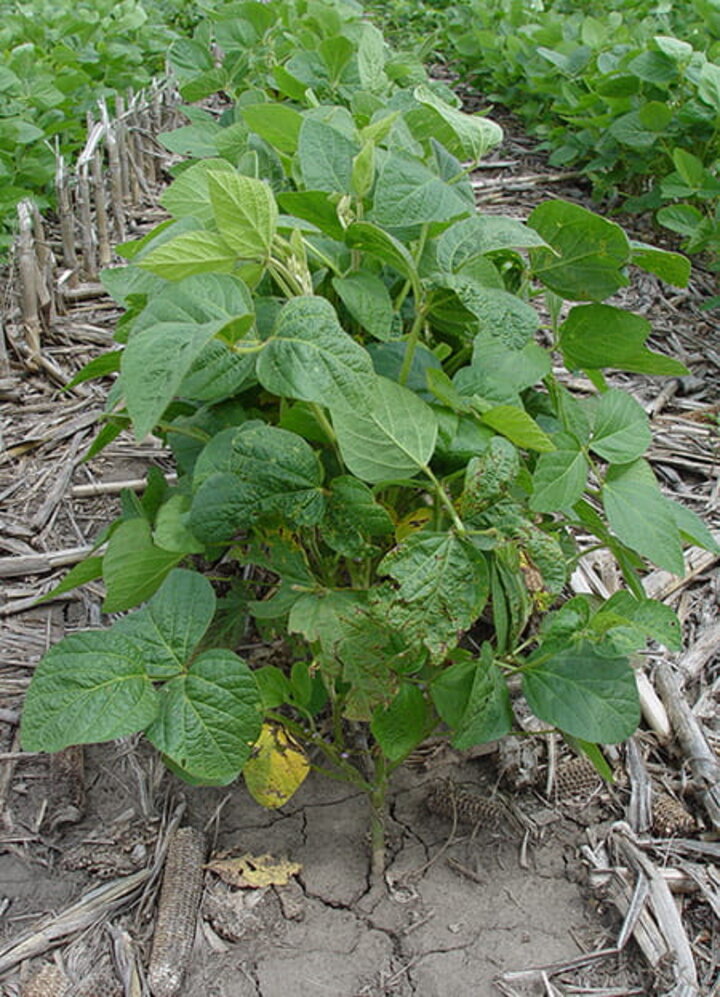
Phytoplasmas
Phytoplasmasare microscopic, bacteria-like organisms that lack cell walls and thus appear filamentous (Figure 3).
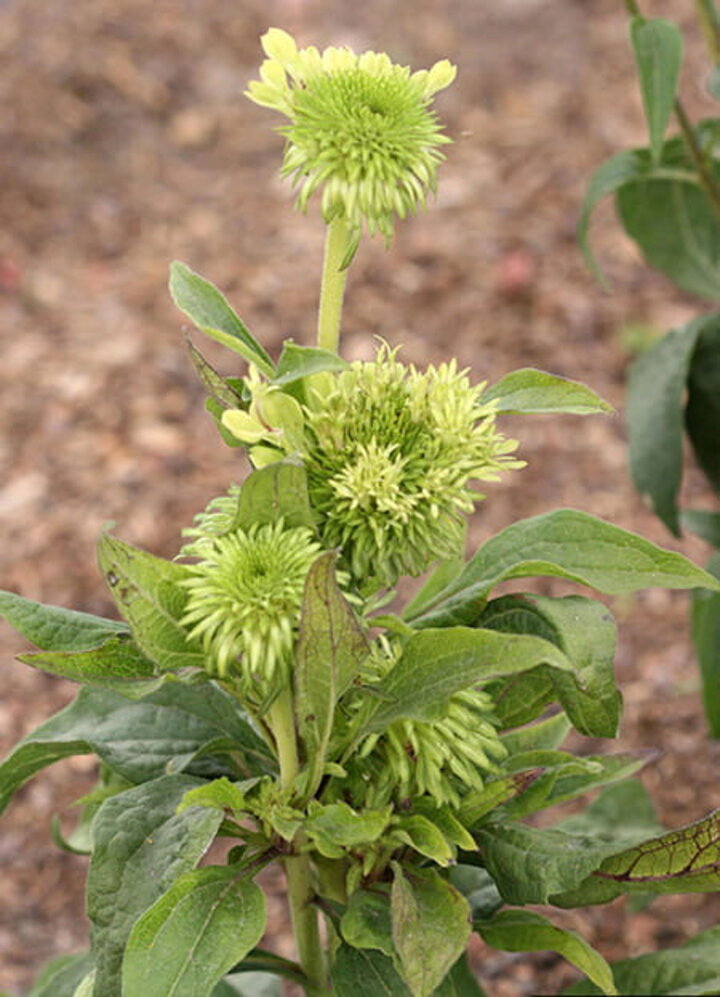
Viruses and Viroids
Viruses are intracellular (live inside the cell) nucleic acid particles with a protein coat that infect other living organisms and replicate in the hosts they infect. Viroids are virus-like particles but lack a protein coat. Viruses and viroids are primarily transmitted by vectors including insects, nematodes, and fungi, which introduce the virus or viroid during feeding. Viruses and viroids can also be transmitted through seed, vegetative propagation and pruning (Figure 4).
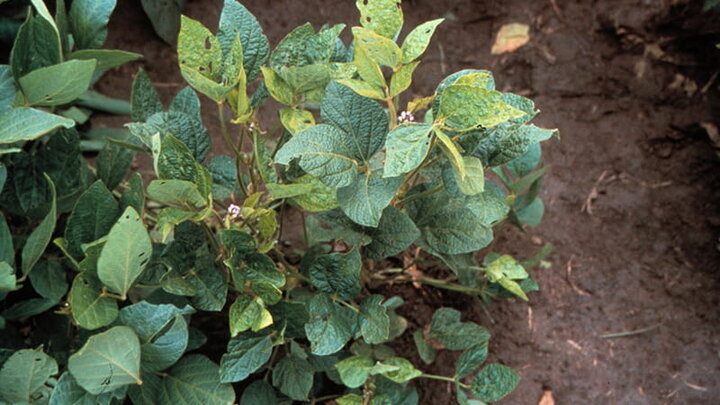
Nematodes
Nematodes are microscopic worm-like animals. The majority of nematodes are soil dwelling animals and move with soil. However, there are some nematodes that are transmitted through insects and infect above ground plant parts (Figure 5).
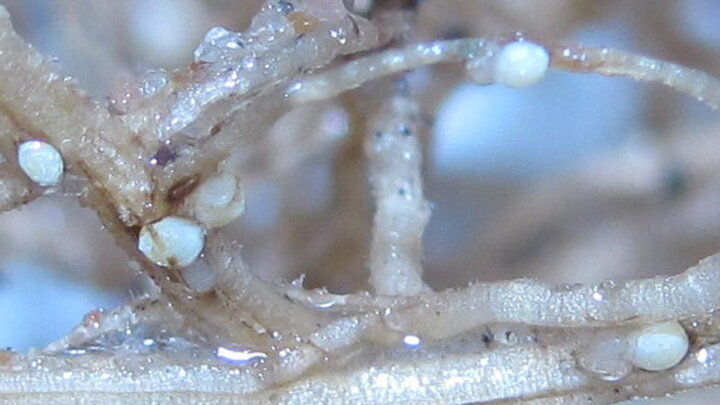
Parasitic Higher Plants
Parasitic high plants are plants that contain chlorophyll but cannot produce their own food. They parasitize other plants to obtain nutrients and water. Examples include mistletoe and dodder.
Disease Triangle
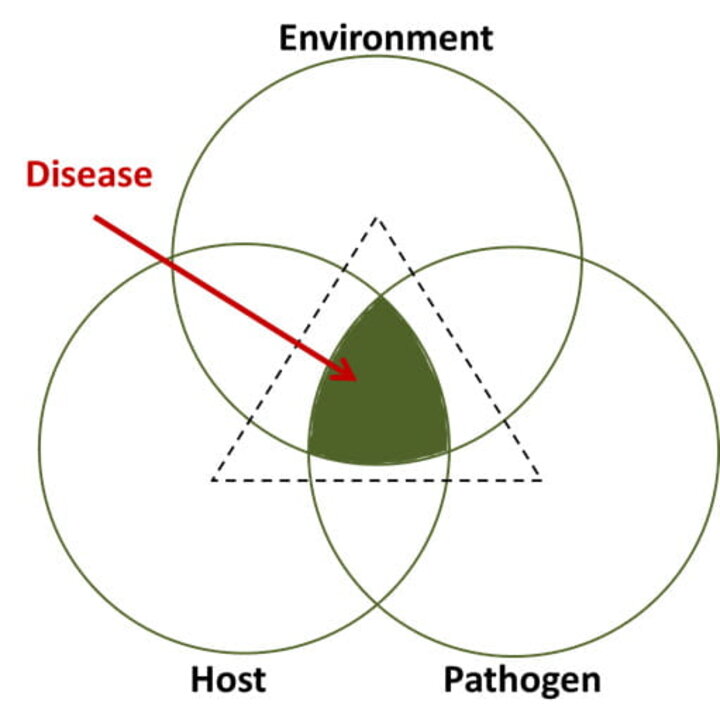
Three components are absolutely necessary in order for a disease to occur in any plant system. The three components are:
- A susceptible host plant
- A virulent pathogen
- A favorable environment
When these three components are present at the same time, a disease (shaded region) will occur if a susceptible host plant is in intimate association with a virulent plant pathogen under favorable environmental conditions. This concept is represented by the shaded portion of the diagram above. When there is a high degree of overlap (as the shaded area becomes larger), there will be a moderate to high amount of disease. (Figure 6)
It is important to remember that within each of the three components — host, pathogen, and environment — there are numerous variables that may affect both the incidence and severity of the disease. These variables include genetic diversity, biology and lifecycle of the host plant and pathogen, and environmental conditions.
- Genetic diversity: Within one species of host plant there may be an incredible range of genetic diversity that greatly influences susceptibility to any particular species of pathogen. If the host is resistant to a pathogen, even when the pathogen is present under favorable environmental conditions, a disease will not occur (Figure 7). Genetic diversity also plays a role in pathogen virulence or its ability to infect a host and cause disease, which may also influence the amount and severity of a disease.
- Biology and lifecycle of the host plant and pathogen: Host plants may be resistant to pathogens at one stage of development but not at another. In a similar manner, some pathogens must be at a critical life stage in order to cause infection.
- Environmental conditions: There are numerous variables in the environment that influence disease incidence and severity including temperature, sunlight, moisture, relative humidity, and time of year. Pathogens are typically restricted to an area based on the conditions of the macroclimate. A microclimate is the prevailing climatic conditions in a certain geographical area. Within a macroclimate, small areas may exist in which the climate may be different than the surrounding areas. This is called a microclimate. Each landscape is filled with microclimates that exist because of differences in exposure to sun and wind, soil type and many other factors.
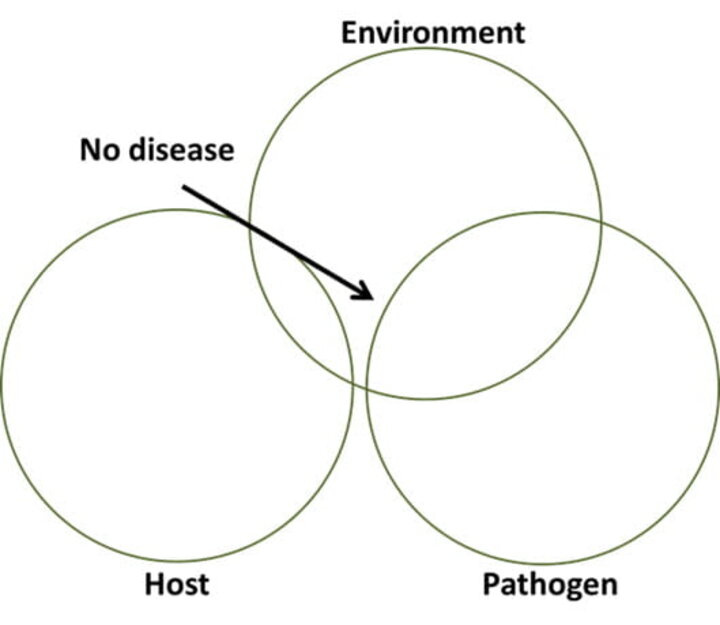
Disease Cycles
In order for a disease to develop, a pathogen must be present and successfully invade plant host tissues and cells. The chain of events involved in disease development includes inoculation, penetration, infection, incubation, reproduction and survival (Figure 8).
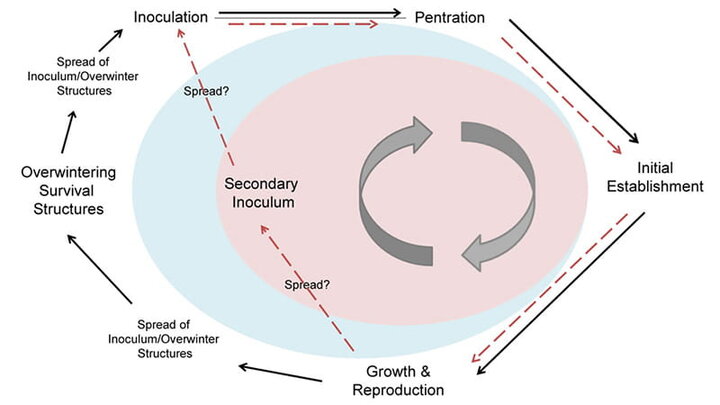
Inoculation
This describes the introduction of the plant pathogen to the host. Different pathogen groups employ different inoculation methods and are equipped with various specialized mechanisms that aid in the inoculation process. For example, some fungal pathogens release spores into the air and the spores are then spread with the aid of air currents.
Penetration
Wound sites and natural plant openings, such as stomata and hydathodes, facilitate the entrance of some plant pathogens; others have evolved unique mechanisms for direct penetration. Fungi and nematodes are able to actively penetrate host tissues and cells if environmental conditions, such as moisture and temperature, are favorable for the penetration process.
Infection
This occurs when the pathogen invades the plant tissue and establishes a parasitic relationship between itself and the plant. Viruses, bacteria, and phytoplasmas are not able to actively penetrate or enter plant host tissues. Therefore, they must rely on other methods to infect plant tissues and cells. Associations with insect vectors have been established by these pathogens to aid inoculation and dispersal.
Incubation
Once inside the plant, pathogens may undergo an incubation period and remain latent for a period of time before initiating disease.
Reproduction
Plant pathogens can reproduce sexually and asexually. It is dependent on the pathogen.
Survival
Plant pathogens have evolved so they can survive prolonged periods of unfavorable weather conditions. For example, brown spot is a fungal pathogen that produce spores that are dark in coloration which reduces the amount of UV light penetrating and preventing cell death. In addition, soybean cyst nematode lay their eggs within a cuticle casing. The cuticle casing is very hard and prevents other microbes and chemicals to penetrate killing the eggs prior to hatching.
If any step is disturbed in the cycle, the disease will be less severe or fail to develop. Knowing and understanding the disease cycle for a particular disease is very helpful in managing the disease. There are two types of disease cycles: monocyclic and polycyclic.

Nebraska Soybean Board graciously provided the funding for the Soybean Management Guide.
Course authored by:
Amy Timmerman, extension educator; Aaron Nygren, extension educator; Brandy VanDeWalle, extension educator; Loren Giesler, Plant Pathologist Department head; Ron Seymour, extension educator; Keith Glewen, former extension educator; Charles Shapiro, emeritus extension soil scientist; Amit Jhala, extension weed specialist; Don Treptow, former graduate student
